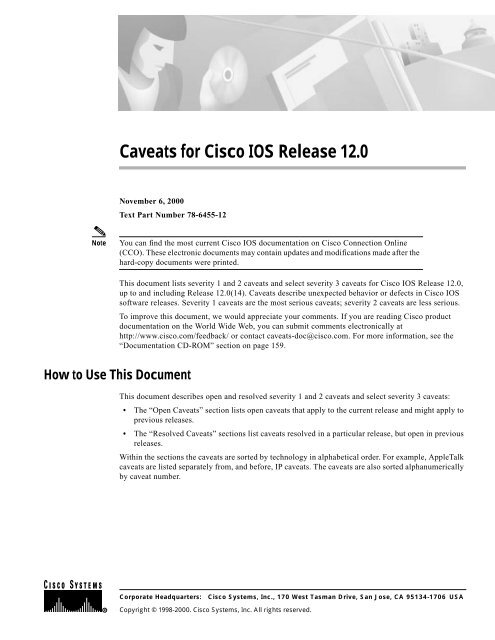

If you are configuring the vPC+ with no existing vPC+, follow these steps: Switch(config-vpc-domain)# fabricpath switch-id 100 Step 6 (Optional): Configure the vPC+ switch ID. Step 5 (Optional): Configure the STP domain ID on each FabricPath Layer 2 gateway switch attached to the FabricPath network. Switch(config)# spanning-tree mst 1-5 priority 8192 Step 4: Configure the STP priority for all MST instances as 8192. Switch(config)# spanning-tree vlan 11-20 priority 8192 Step 3: Configure the STP priority for all Rapid PVST+ VLANs as 8192.

Switch(config-if)# switchport mode fabricpath Step 2: After you enable FabricPath on the device, configure the specified interface as FabricPath interfaces. Step 1 (Optional): Enable FabricPath on each device. To configure FabricPath interfaces, follow these steps: (Optional) Set the STP domain ID for each of the separate STP domains that are connected to the FabricPath network. Set the STP priority device to 8192 on all FabricPath Layer 2 gateway devices. To configure FabricPath interfaces, perform the following tasks on each device:Ĭonfigure the interfaces that you want to designate as FabricPath interfaces. Switch(config)# save running-config startup-configĬonfiguration Example for FabricPath Interface Step 3 (Optional): Manually configure a switch ID for the FabricPath device. Switch(config)# show mac address-table learning-mode Switch(config)# mac address learning-mode conversational vlan 1-10 Step 2 (Optional): Configure MAC address learning mode. Step 1: Enable FabricPath on all the devices. To configure FabricPath switching, follow these steps: Therefore, we recommend isolation of CE and FP ports on separate ASIC instances.
#Cisco mac address table learning mode conversational series
On an F1 series Module, when you configure a port as a FabricPath (FP) core port, and a Classical Ethernet (CE) port exists on the same forwarding engine (FE) instance, MAC address learning behavior for the CE port is affected and this could result in unicast flooding.You must disable VTP when the FabricPath feature set is enabled on the VDC. FabricPath does not support VTP when in the same VDC.

A maximum of 128 switch IDs can be supported in a FabricPath network.On the F Series modules, user-configured static MAC addresses are programmed on all forwarding engines (FEs) that have ports in that VLAN.That is, you cannot configure static FabricPath ODAs or OSAs you can only configure CE static MAC addresses. The system does not support hierarchical static MAC addresses. The system remembers the configurations, and if you change the VLAN mode later, that VLAN becomes active in the specified private VLAN.įabricPath ports cannot be put into a private VLAN. If you attempt to put different types of VLANs into a private VLAN, these VLANs will not be active in the private VLAN. The following guidelines apply to private VLAN configuration when you are running FabricPath:Īll VLANs in a private VLAN must be in the same VLAN mode either CE or FabricPath.If a port on an F Series module is in a VDC and that VDC has multiple SPAN destination ports, that SPAN session is not brought up. The F Series modules do not support multiple SPAN destination ports or virtual SPAN.STP does not run inside a FabricPath network.The FabricPath feature set operation might cause the standby supervisor to reload if it is in an unstable state, such as following a service failure or powering up.

See Configuring Feature-Set for FabricPath for complete information on installing and enabling the FabricPath feature set. Enter the feature-set fabricpath command to enable FabricPath on each device.


 0 kommentar(er)
0 kommentar(er)
